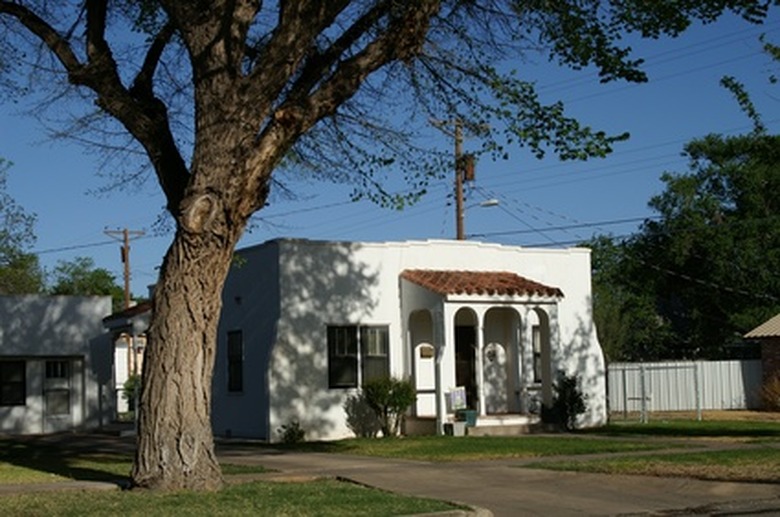Uses Of Clay Soil
Although heavy clay soil can be frustrating and difficult for gardeners to work with, clay is actually one of the most useful materials in the ground. Clay soil is fertile and mineral rich, making it ideal for many plants. It is also an excellent material for a variety of building and craft purposes.
Growing
Clay soil is much lamented because it often drains slowly and does not contain enough air for many plants. Nonetheless, although clay is not as versatile as loam, it is the perfect soil for a wide variety of different plants. Apple, elm, ash, willow, tamarack and many other trees thrive in clay, as do many flowers such as holly, asters and monkshod. If the clay soil is amended by adding gypsum and compost, it can be used to grow a much wider range of plants, which will benefit from clay's rich nutrient content.
- Although heavy clay soil can be frustrating and difficult for gardeners to work with, clay is actually one of the most useful materials in the ground.
- Nonetheless, although clay is not as versatile as loam, it is the perfect soil for a wide variety of different plants.
Construction
Clay soil has been used for construction since ancient times. It can be dried in the sun or fired to make adobe bricks, which are then assembled into a house with mortar made using clay. Clay can also be mixed with sand and straw to form the building material cob, which can be formed into benches, ovens and buildings. Both adobe and cob are cheap, environmentally sustainable and extremely durable, and buildings made out of them are capable of lasting hundreds of years.
Ceramics
Clay soil has a huge number of craft uses. It is mixed with water to form a malleable material that can be sculpted into nearly any shape. Ceramicists make clay into pots, pipes and other useful household objects, as well as sculptures. Clay is also used in making ceramic tiles which are installed on counters, floors and walls.
- Clay soil has been used for construction since ancient times.
- It can be dried in the sun or fired to make adobe bricks, which are then assembled into a house with mortar made using clay.
Break Up Clay Soil For Gardening
Mark off the area where you will have your garden bed with flour. Break the soil up with a hoe 5 to 6 inches down into the ground. Allow the soil to dry for three to four days. Draw a rake over the two piles of soil to remove any large rocks and to break up dirt clods. Spread 5 to 6 inches of compost over the two piles.
